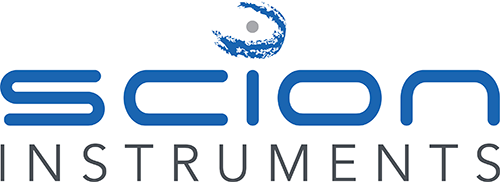Good Laboratory Practice: Basic Lab Skills
Weighing on the analytical balance
Weighing correctly is important especially when it comes to critical weighing – such as weighing an analytical standard because if this is done improperly then our scientific findings may be inaccurate.
When weighing on an analytical balance it is important to gather all of your required materials before beginning to weigh. Preparation is key – you may need to prepare the substance you are weighing by either drying or grinding the substance. Any material that has been kept in the fridge or freezer must be brought to room temperature before beginning the weighing process.
Next, it is necessary to check that the balance has been recently calibrated, it is level and that the environment is suitable for weighing e.g. fee from draughts.
Once you are ready to weigh the empty balance should be tared/zeroed. The weighing receiver should then be placed on the balance and it’s weight noted down, then the balance tared/zeroed again. Now weigh out the amount of material required and make a note of the weight. To ensure that the balance has not drifted removed the balance and a note of the negative weight and compare to the original weight of the weighing receiver.
The above method is suitable if solvent is to be added directly to the weighing receiver to dissolve the material.
If the material is to be transferred from the weighing receiver into a different receptacle it is often necessary to weigh by difference. First, the balance need to be tared/zeroed and the weighing receiver placed on the balance and record the weight. Next, tare/zero the balance again and then weigh out the amount of material required and then make a note of the weight. The material should then be transferred to its final flask and the weighing receiver placed back onto the balance. This final weight is the untransferred amount of material and should be subtracted from the first amount weighed.
Pipette with accuracy
Before beginning to pipette you must first select the proper pipette for you application. For aqueous liquids it is possible to use an air displacement pipette. However, for viscous liquids a positive displacement pipette is best used for accurate results.
For successful use of air displacement pipettes the following steps should be followed:
1. First, set the desired volume on the pipette.
2. Attach the appropriate pipette tip.
3. Depress the plunger to the first stop.
4. Immerse the tip into the liquid at the correct depth approx.. 2-3mm
5. Wait for the liquid to flow into the pipette tip.
6. Hold the pipette at a 45° angle to the receiving vessel and press the plunger down in a controlled manner to the first stop and then to the second.
7. Remove the pipette from the vessel and then let the plunger return to the resting position.
You should always read the instruction manual for each pipette you are using. Ensure that you select the appropriate pipette tip for the pipette (tip boxes are often colour coded for ease of use).
It is also important to ensure that all pipettes are calibrated before use. Around every three months is common for pipette calibration – if a pipette fails calibration it should be removed from the laboratory immediately.
If you are a beginner it is recommended to practiced your pipetting technique before beginning work in the laboratory. This can be done by pipetting water at different volumes and weighing the amount of water that is dispensed. Water density is 1 g/mL at room temperature and pressure, therefore a volume water can be dispensed and weighed to determine if the correct amount has been pipetted.

